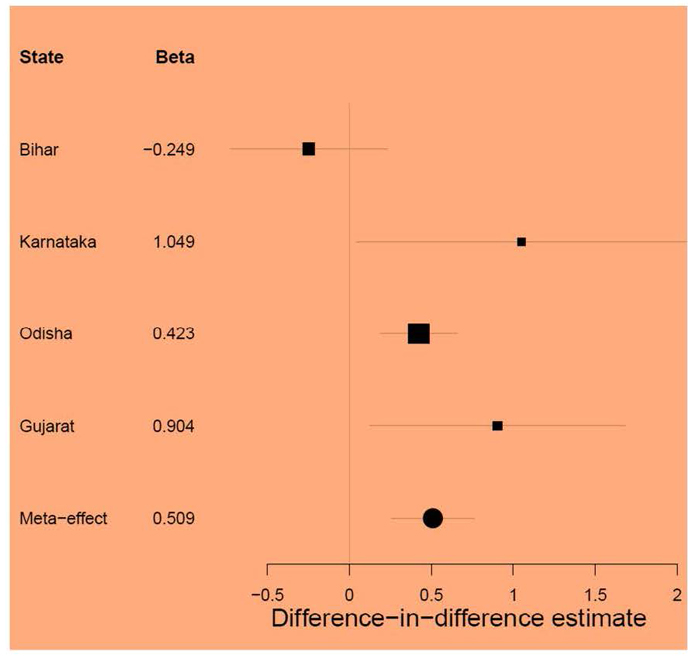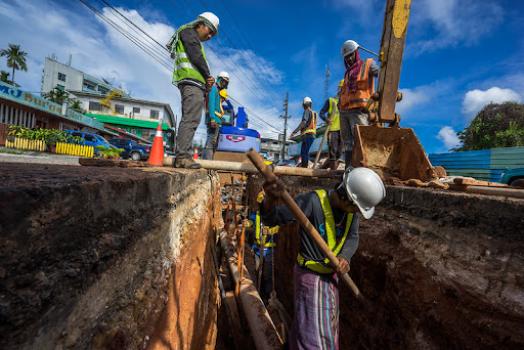Today, on World Toilet Day, the UN counts 4.2 billion people as being without access to safely managed sanitation. Many of them were in India until the national sanitation drive, the Swachh Bharat Mission (SBM), made massive strides in reducing the number. Over 100,000,000 toilets were built as a result of the Mission, and India was declared open defecation free. SBM's next phase focuses on ODF behaviours and faecal sludge management.
These efforts acknowledge that in a country where open defecation is culturally ingrained, the provision of infrastructure only goes so far. 3ie’s evidence programme Promoting Latrine Use in Rural India has demonstrated that having a latrine is not the same as using that latrine. The adoption of the behaviour of latrine use requires both opportunity and desire. Although the SBM has made significant headway on the former, there remains the potential to increase the behaviour of latrine use among those with latrines.
We recently conducted a meta-analysis to determine the impacts of four interventions, all informed by behavioural science, in Bihar, Gujarat, Karnataka and Odisha. In each state, an implementation team (World Vision India, WaterAid India, Indian Institute of Public Health Gandhinagar, and Rural Welfare Institute) and an evaluation team (Oxford Policy Management Ltd, EAWAG, London School of Hygiene and Tropical Medicine, and Emory University) worked together to design locally relevant, low-cost interventions to increase latrine use.
In three out of four states, the intervention resulted in small increases in the rate of in self-reported latrine use in intervention sites as compared with control sites (Figure 1). This finding suggests that most of these behavioural science interventions were effective in increasing self-reported latrine use, even compared to areas with similar infrastructure. However, findings at the household level were mixed, likely due to issues discussed in our previous blog.
Figure 1: The intervention’s effects on self-reported latrine use. Larger values show increases in use.

Full details of the meta-analysis are here.
This research has shown that the old adage “if we build it, they will come” is only true to some extent. Strong public health messaging may help in this context. These low-cost behavioural science-informed interventions have the potential to increase latrine use beyond what was achieved by the SBM alone. While the results remain suggestive, these findings are important in light of the SBM’s goal of total eradication of open defecation and the new challenges faced due to COVID-19. With all the public health messaging around staying home and staying out of public spaces, there may be a reversion to open defecation. The infrastructure remains in place, but the behaviour is likely to falter. To sustain the gains made by SBM phase I, there needs to be a strong message around the use of existing infrastructure. We hope that the global community continues to adopt this message of continued toilet use in this new sanitation era, today, on World Toilet Day.









Well Done!